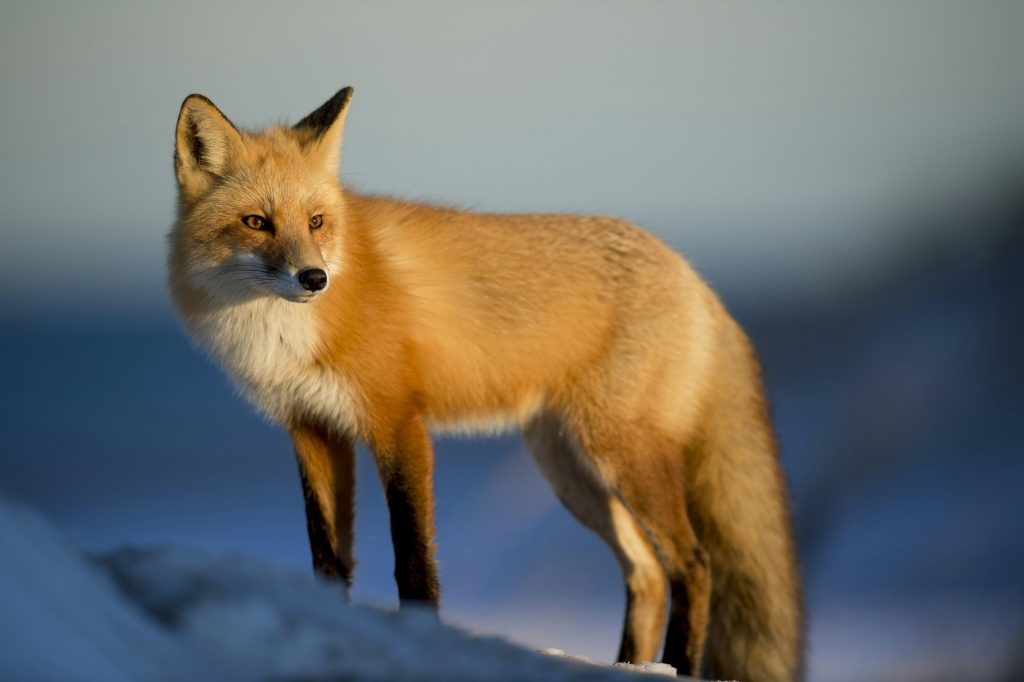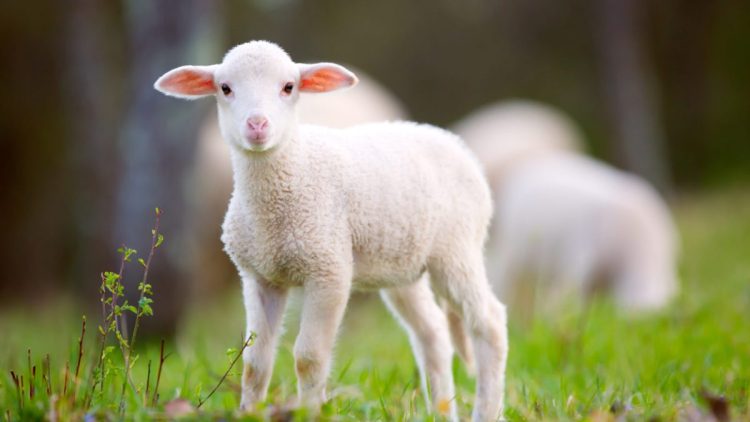I. The Urbanization Boom
More than half of the world’s population lives in urban areas, a figure expected to rise to 68% by 2050. As cities expand, they encroach on forests, wetlands, and savannas, bringing humans and wild animals into closer contact than ever before.
II. Rising Human–Animal Conflicts
Common conflicts include:
- Crop Raids and Property Damage: Elephants damaging farmland in Asia and Africa.
- Predator Attacks: Leopards in Indian suburbs or coyotes in North American neighborhoods.
- Disease Transmission: Rabies from stray dogs and zoonotic diseases such as COVID-19 linked to wildlife trade.
These conflicts highlight the urgent need for coexistence strategies.

III. Case Studies
- Nairobi National Park, Kenya: A wildlife sanctuary surrounded by an urban landscape, where lions occasionally wander into city outskirts.
- Urban Monkeys in India: Monkeys raid homes for food, reflecting both cultural reverence and ecological imbalance.
- Suburban Deer in the United States: A symbol of charm for some, but also a source of car accidents and crop loss.
IV. Strategies for Coexistence
- Urban Planning: Integrating wildlife corridors into city development.
- Community Engagement: Education programs to reduce fear and promote coexistence.
- Policy Innovations: Compensation schemes for farmers who lose crops to wildlife.
- Technological Solutions: Use of motion-sensitive lights, fences, and tracking collars to prevent conflict.
V. Ethical and Cultural Dimensions
Urban residents often view animals as nuisances or dangers, while traditional societies may see them as spiritual beings. Successful coexistence requires respect for cultural perspectives alongside evidence-based policy.
VI. The Way Forward
Cities can become models of coexistence by combining smart design, ecological knowledge, and community participation. Managing these interactions is not merely about avoiding conflict; it’s about creating resilient urban ecosystems.
















































